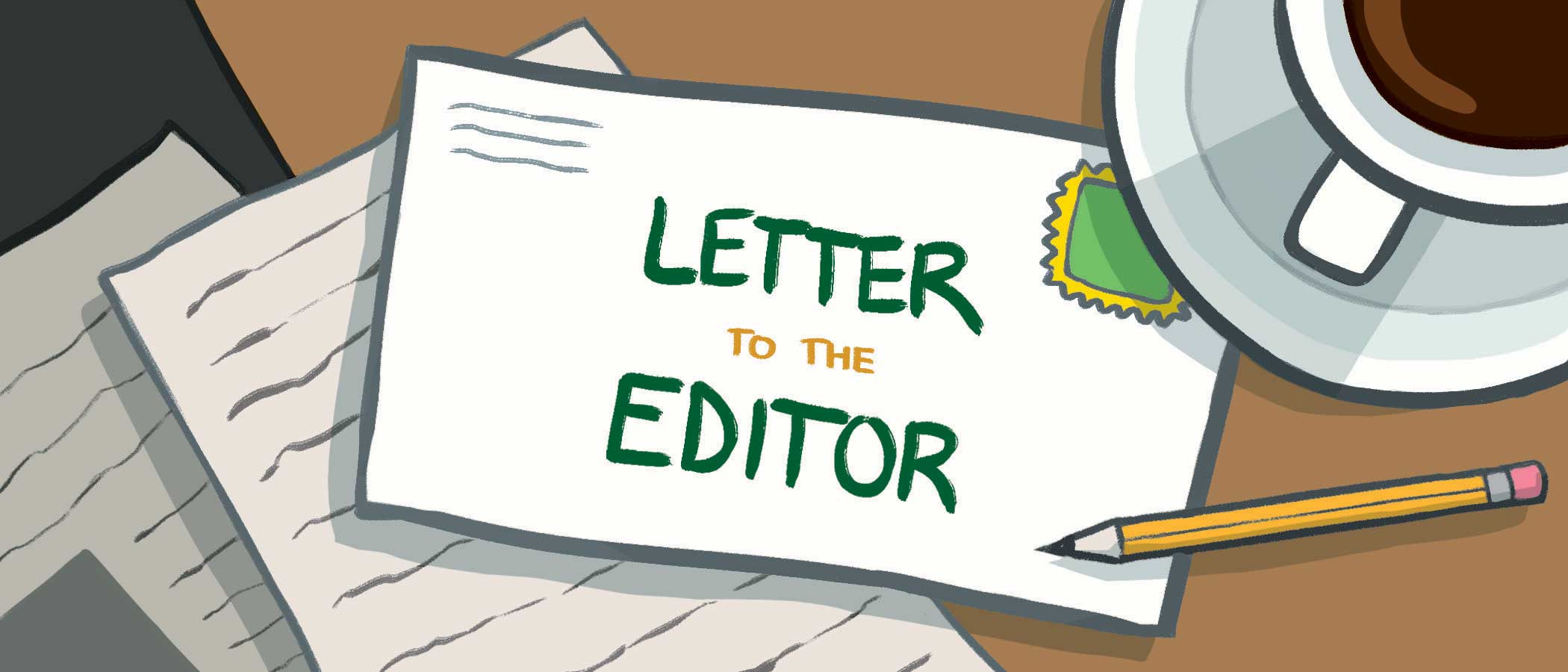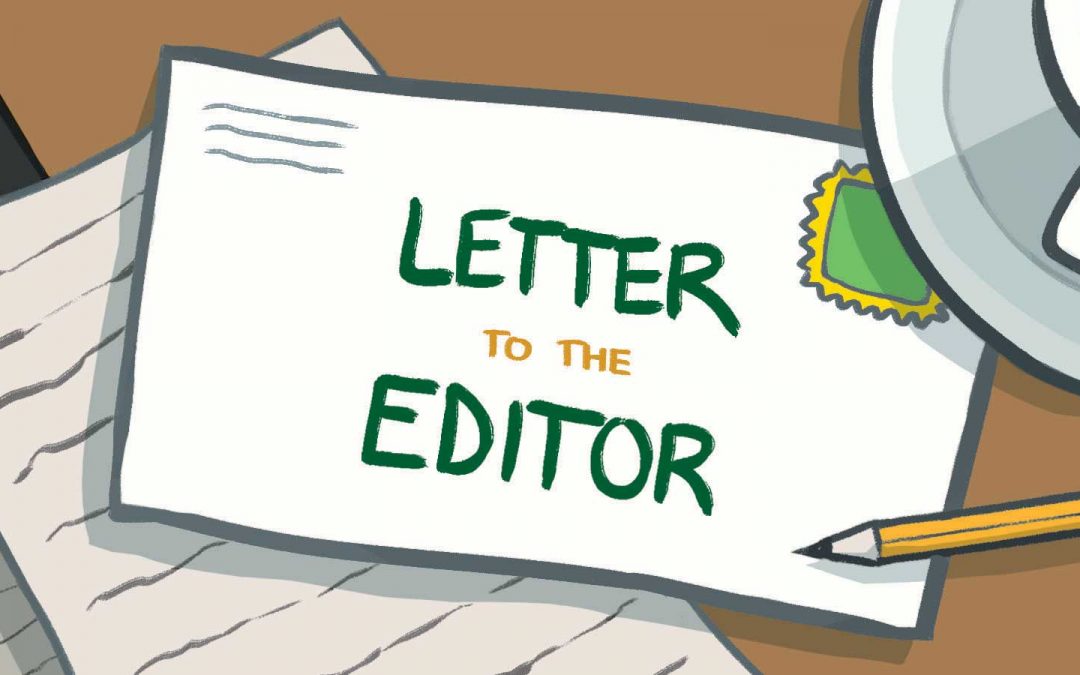It’s frustrating to live in a society that “celebrates” and villainizes Asian Americans at the same time. Anti-Asian racism is something I’ve come to expect. And, over the past year, in particular, I’ve often feared being targeted because of my race. I am in a unique position because of my racial ambiguity as a bi-racial Hmong and White woman, but even that doesn’t grant me safety. Contrary to the belief that anti-Asian violence is a “new” phenomenon, Asian-Americans have been experiencing racism for over a century. Additionally, racism against Asians is systemic. It doesn’t just come in the form of insensitive jokes or name-calling or fox-eye makeup trends, but in the Japanese internment camps, the Chinese Exclusion Act, and, more recently, anti-Asian hate crimes. However, we often dismiss how we treat our own and how that perpetuates hate and violence to our community.
March 2021 was something I could not prepare for. During a month when we should have been celebrating women, I watched again and again as Hmong women were killed by their partners, and Asian women were killed or assaulted by strangers. Four Hmong women lost their lives in a matter of four days.
The following quote is from a Kare11 news article, covering the murder-suicide of Bao Yang.
“I’m from the Hmong community and I can say that majority of the reason why people would drop charges is because of the backlash from the community. A lot of the victim blaming would look like isolation from the community that this person… then has lost their support systems in the community. And, people who support them also face backlash as well, so there’s this domino effect of the negative stigma of including law enforcement or the criminal justice system within communities.”
HaoPay Lee, equity and capacity building program manager for Violence Free MN (Yoo, 2021)
This captures our community’s issues with American assimilation and traditional norms. And it inspired me to speak more on this issue. I am stuck in between American and Hmong culture. This reality may be frustrating, but this is what it means to live intersectionality and to live without checking parts of my identities at the door. The Hmong community is amazing at many things and unfortunately, one of them is shaming. This is why so many Hmong women stay in toxic relationships. This is why LGBTQIA Hmong people live in the closet. This is why I, as a half white half Hmong woman feel like I do not belong. This is why some people leave our community and never come back.
In the Hmong community, our memories are long, and we like to penalize people for past misdeeds. When two people marry, for example, the families discuss whether there were any past wrongs, and pay a fee in order to rectify things and move toward harmony. When someone dies, we spend one day at the funeral paying off their monetary debts, so that they can move on spiritually.
If we exacted fees for perpetrators and killers, how much would they have to compensate for the dead women and the children that are left behind? Should there be a flat fee for her death or is her fee based on her age, number of children, educational level – some of the same standards we use to assess her bride price?
The only conclusion I can come to is that our lives have very little value in this world. In life, we are cast into the roles of daughters, sisters, wives, students. We are sometimes labeled the good girls and expected to be mute and hardworking. Sometimes we are threats to academia, to white women’s belief in their own sexual dominance, to “Americans” who think we are somehow taking jobs from them. We are objects – a girlfriend, a sex toy, a victim. Some people think we are honorary white people who don’t experience oppression. And on top of that, Hmong people make up such a small portion of the Asian population, we are often forgotten or lumped in with other Asian ethnicities.
I can’t help but think that Hmong people are quiet towards our domestic violence issues due to the fear of attracting negative attention towards us. So, who is to blame? With that said, we owe it to our Hmong sisters to speak on this taboo topic and challenge our cultural norms to protect one another. We always say “Hmoob Yuav Tsum Hlub Hmoob” but when are we going to start acting like it?
Franceska Moua
The opinions expressed in the Letters To the Editor section are solely the opinion of the person writing the letter and should not be interpreted as the view of the Hmong Times.
















